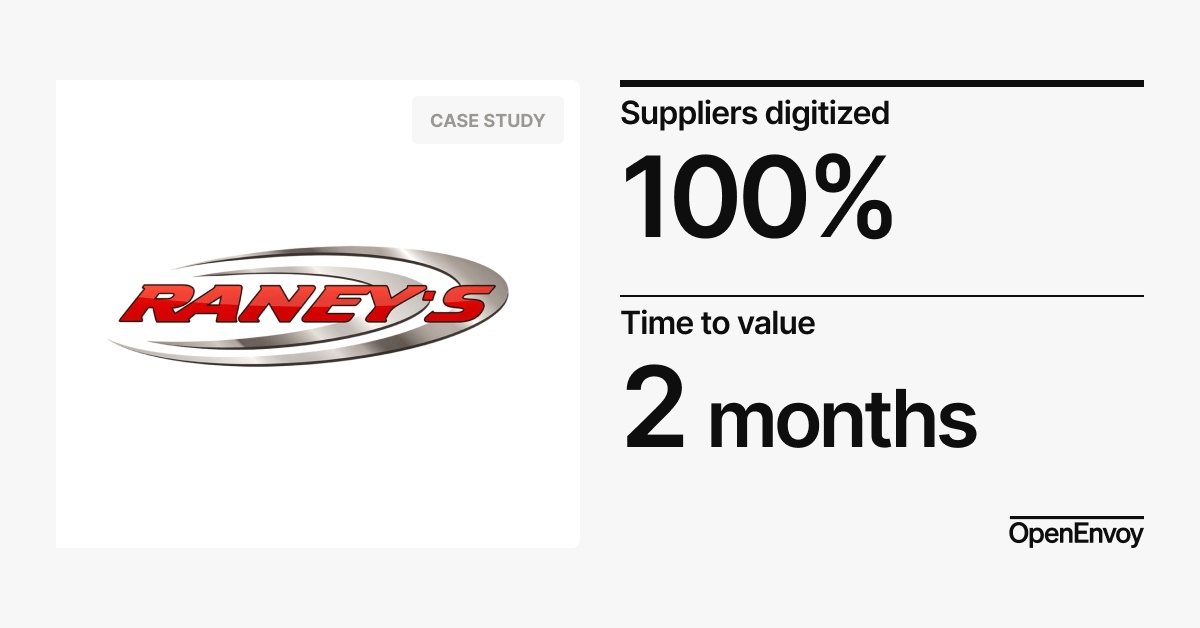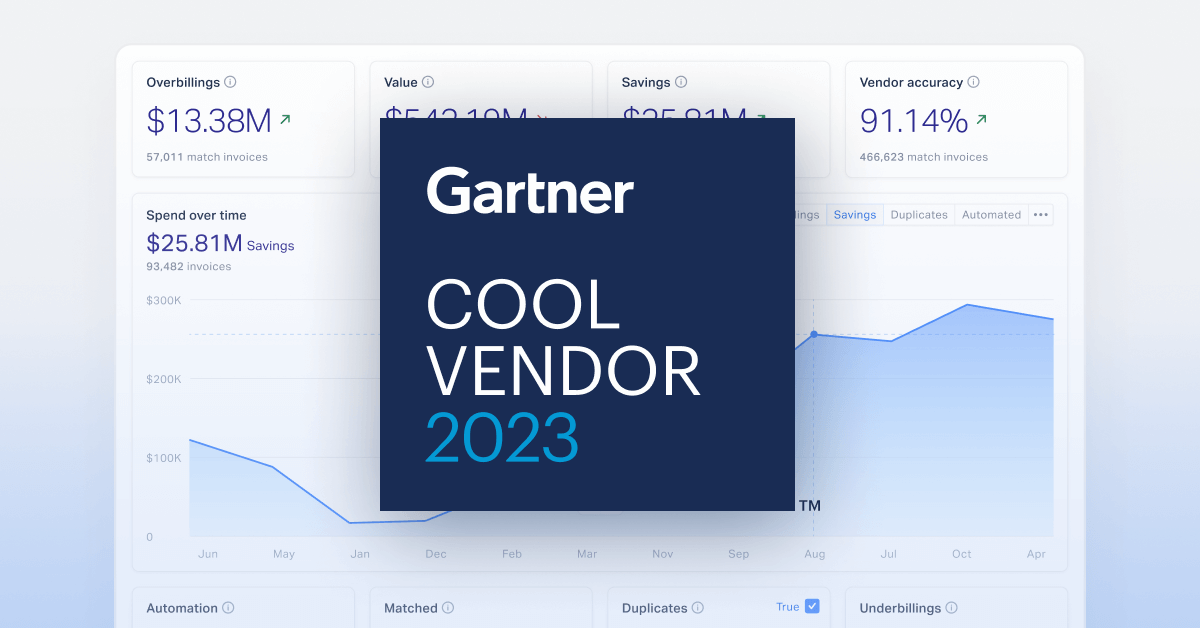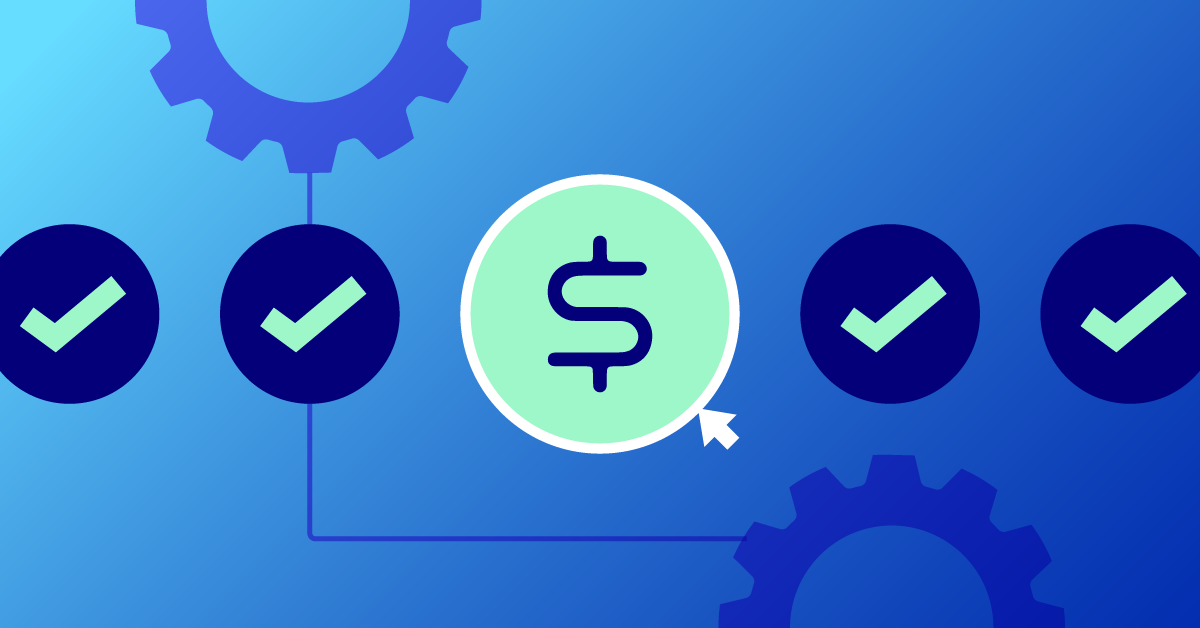In the world of accounting, efficiency and accuracy is everything. The ability to scale and execute finance tasks defines an organization's agility and plays a major role in how well-positioned the company is for growth. As cash flows through the business, impactful insights are generated from the accounts payable function, like where company resources are going and their ability to pay vendors on time. When accounting processes are slow and inefficient, the outcomes can be ugly.
Here Are the 4 Most Common AP Inefficiencies That Spend Data Can Uncover:
- Your vendors may not be as good as you think.
Poor supplier billing performance is a simple yet overlooked issue that plagues numerous organizations. It is common for suppliers to overbill, send duplicate invoices, and mismatch purchase orders with goods received. Invoice inconsistencies can quickly become a major headache, as it is not only frustrating for AP teams, but requires extra time and manpower to constantly reconcile discrepancies. Payables data is an open window into supplier billing performance and can help to identify issues that may be present.
AP automation solutions are excellent for catching invoice discrepancies before issuing payment and tracking supplier billing over time. This provides finance teams with comprehensive insight and control to manage dispute timelines and determine which providers are the most valuable to their organization and which are harmful.
- You may be more vulnerable to fraud than you think.
Fraud is every organization's worst nightmare. According to The Association of Certified Fraud Examiners (ACFE), companies can lose up to 5% of their annual revenue to occupational fraud each year, with 86% being linked to accounts payable (AP) processes. Fraud is a leading cause for financial loss and it can have devastating consequences. From embezzlement to invoice scams, there are countless ways that criminals can take advantage of the AP process to steal money. Wires and checks remain among the most accessible means for scammers to commit AP fraud, but newer payment methods such as ACH and virtual cards have also become popular targets.
Payables data can be a powerful weapon in the fight against fraud. Teams can use real-time data to analyze suspicious changes in vendor behavior and quickly identify any red flags that may indicate fraud. In addition, AP automation solutions can help to further reduce the risk of fraud by automating manual processes and providing greater visibility into the entire AP cycle.
- You are wasting money and time.
When you're operating on a large scale with a seemingly endless array of things to keep track of, it can be easy for some things to slip through the cracks. While a small mistake here or there may not seem like a big deal, over time these little mishaps can add up to a lot of wasted money.
In the case of accounts payable, common causes of wasted money include duplicate payments, late fees, and interest charges. Duplicate payments happen when an organization mistakenly pays the same invoice twice. This can happen for a variety of reasons, such as human error, system glitches, or simply because the organization is using multiple AP systems that don't work well with each other.
Late fees and interest charges, on the other hand, are typically the result of late payments. When an invoice isn't paid on time, the supplier may charge a late fee or interest, which can quickly add up and eat into an organization's bottom line. Finance teams can use AP automation to view and manage company spending from a holistic view and leverage real-time dashboards to view spending at a granular level. With the ability to track the accuracy of supplier invoices over time and leverage insights to support negotiations for ongoing contracts.
- Your AP function moves too slowly.
Invoice turnaround time is a key indicator of the health of an AP function. Low AP performance can cause organizations to take too long to process an invoice, resulting in late payments, fees, and poor supplier relationships.
There are several reasons why invoice turnaround time can be slow, but some of the most common include manual data entry, lack of visibility into the AP process, and insufficient staff.
Manual data entry is particularly problematic, as it not only lengthens the time it takes to process an invoice but also increases the risk of errors and duplicate payments.
Data can be an invaluable tool for finance teams in understanding where their organization is in terms of this performance metric. By spotting any disparities between their invoices processed to received, they can resolve any bottlenecks that develop.
Without the appropriate level of visibility and efficiency, AP teams can easily hold their organizations back from a healthy and profitable future. Businesses must recognize and address the value of equipping their accounting departments with the right tools for the job. By integrating a real-time AP automation solution, teams can unlock the necessary insights to create actionable goals to improve their efficiency and overall functionality.



-1.png?width=620&height=620&name=1600x1600_Cover-1%20(3)-1.png)


